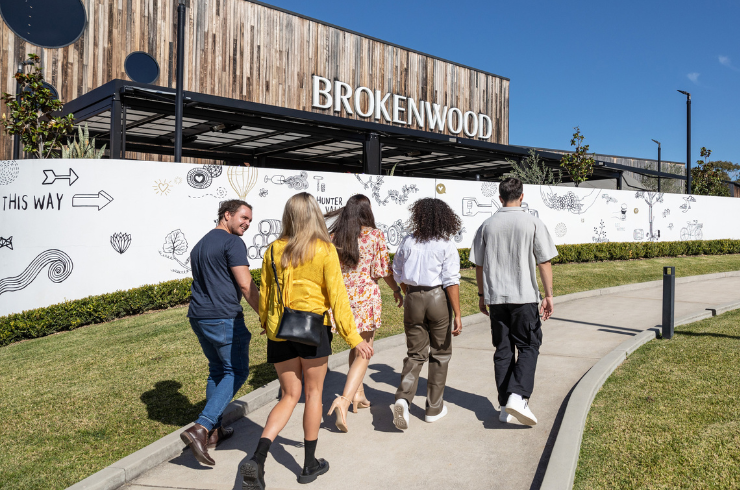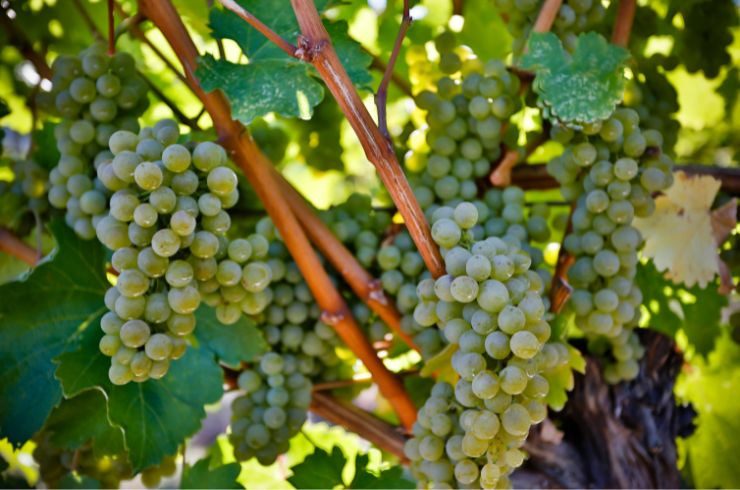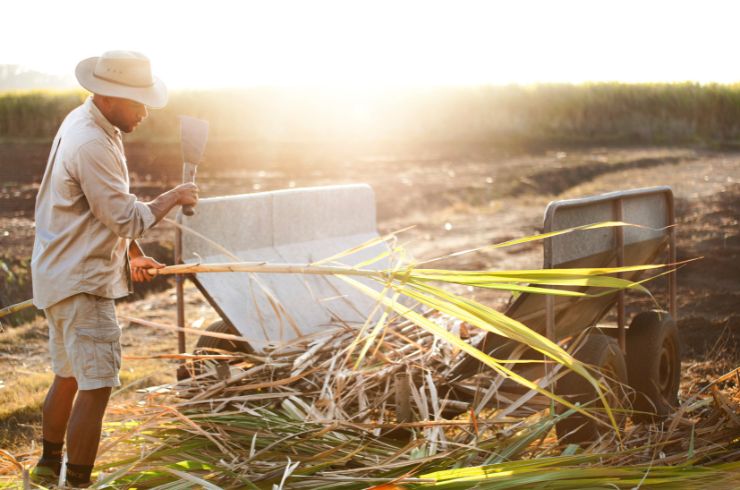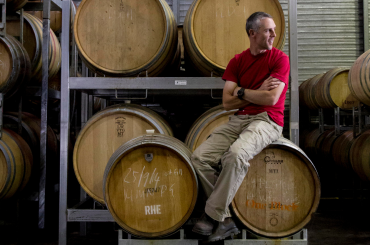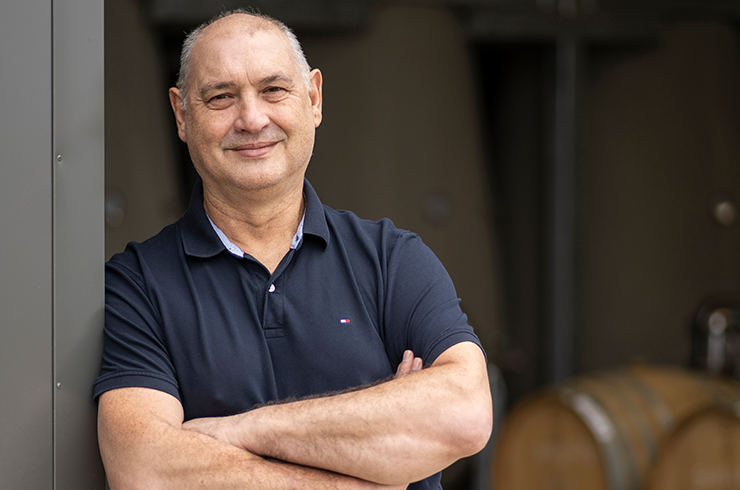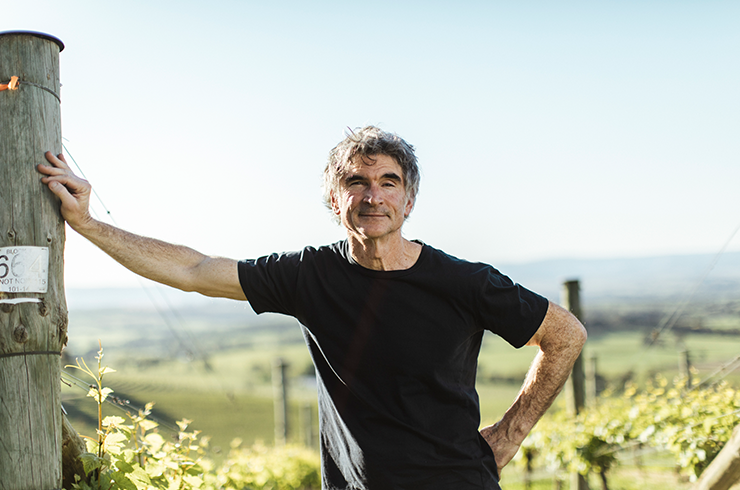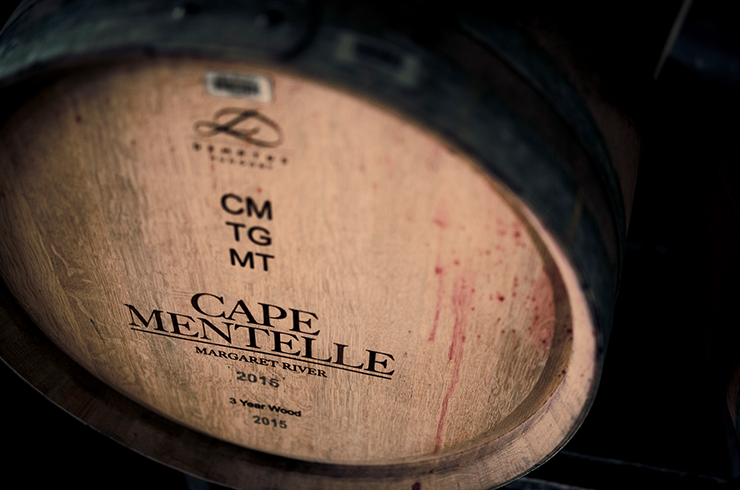If there’s one drink that is universally appreciated and loved, it’s sparkling wine. Nothing says ‘let’s celebrate’ better than a bottle of bubbles. It’s often a luxury, an indulgence, offered as a token of gratitude. It’s the best congratulations gift and it marks milestones. It can also be a treat of drinking pleasure. No other wine embraces all that so brilliantly.
And it's not just Champagne either.
Australian sparkling
Quality Australian sparkling is in a sweet spot. Now, let’s be clear, this means wine made via the traditional method, or, as most producers still adopt the French words, méthode traditionnelle. Here, the second fermentation, to create the fizz, happens in bottle and most importantly, the wine spends longer on its lees. It’s almost as if the style is maturing, no pun intended. There have never been more high-end producers crafting outstanding examples, and not just from super-cool Tasmania, even if that state leads the quality stakes, but right across the country.
The best bottles have been years in the making. It’s all about detail, precision. Aside from fortifieds, no other style requires this level of patience, skill and technical expertise, and a confidence to back off and allow time to leave its significant imprint. It’s an expensive process, only for the dedicated, but oh, the reward!
House of Arras, Tasmania
House of Arras is a case in point. When it first started in 1995, albeit under different ownership, the brief was simple – craft premium sparkling. However, in the ’90s, there wasn’t much competition and even less great sparkling.
What Australia lacked, which the Champenoise had mastered, is extended maturation in tirage (ageing on lees). This had long been the missing link for winemaker Ed Carr. The inaugural ’95 Arras spent close to four years on lees before its release in ’99, which then was considered a long time. Fast forward to 2024. A few months ago, Arras released its latest suite of sparkling from 2016 – eight years in the making. However, the flagship, E.J.Carr Late Disgorged, has 13 years in tirage. The level of sophistication and complexity yet freshness of the 2009 is beguiling.
“We’ve maintained the ageing, which has been really important and we’re now getting a nice balance with lower dosage,” says Ed. For example, the Late Disgorged comes in at 1.6g/L. “We haven’t changed the winemaking in a long time, we are just better at finessing.”
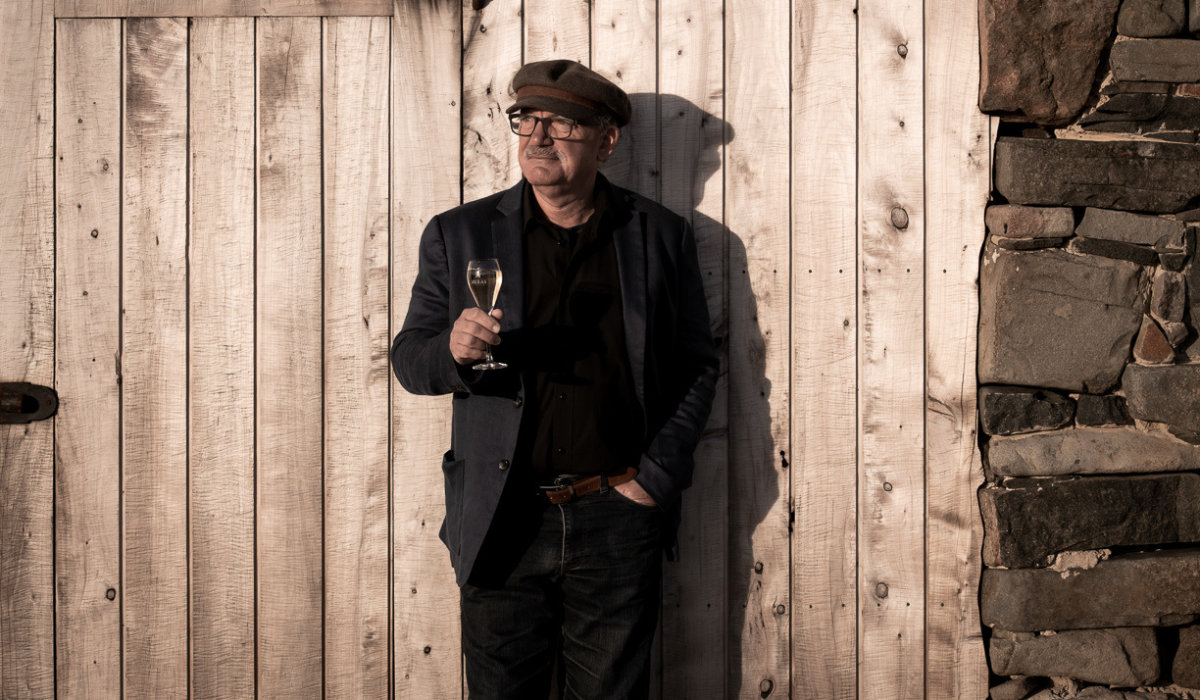
Ed has been at the forefront of sparkling winemaking for 30-plus years. His influence is immeasurable, which is why he’s long been Australia’s most lauded and awarded sparkling winemaker, and Arras the most awarded fizz brand. What he really has done with Arras is opened a level playing field when it comes to top-notch bubbles.
“There’s now a great opportunity for consumers to have better choices. I choose on style and quality rather than country of origin,” he says. “Champagne has hundreds [of different styles and producers], some are excellent, and some are not so excellent. What we want to achieve at Arras is at the high-end of the market. We’re focused on quality without compromise.”
Delamere, Tasmania
Fran Austin and Shane Holloway, the duo behind Delamere at Pipers Brook, craft distinctive, excellent sparkling from their own vineyards, turning Delamere into the Australian equivalent of a grower champagne.
Unequivocally, Delamere is about expressing place, and while sparkling wine is the art of blending, what is distinctive and unique about Delamere is it’s not chasing a house style but rather a vineyard led wine. For example, the stunning Late Disgorged Blanc de Blancs, which spends 10 years on lees, is off just one site, the F Block. The block produces fruit with lots of lemony flavour, and the wine is linear and distinctive.
In 2017, Fran won a Don Martin Sustainable Viticulture Fellowship for a project to analyse factors underpinning the sustainability of the grower/producer sector in Champagne.
As way of introduction, she says: “Shane and I had a clever idea to make sparkling wine (at Delamere) that wasn’t about a house-style or artefact, but about terroir and place.” The Fellowship allowed her to view all aspects of sustainability, and while most focus on the environmental issues, she says there are two others– a social one and an economic one.
“I started comparing and contrasting Tasmania and Champagne, obviously Champagne is singularly unique but in terms of value, Champagne has maintained unbelievable value, and you can make a good living working off two hectares because quality is rewarded. We are never going to be Champagne but we can take those lessons on how to create value.”
The lesson learned – quality costs money.
“Coming back to how we run Delamere, we always go for value and build value. We can’t ask people to pay more unless it is worth it.”
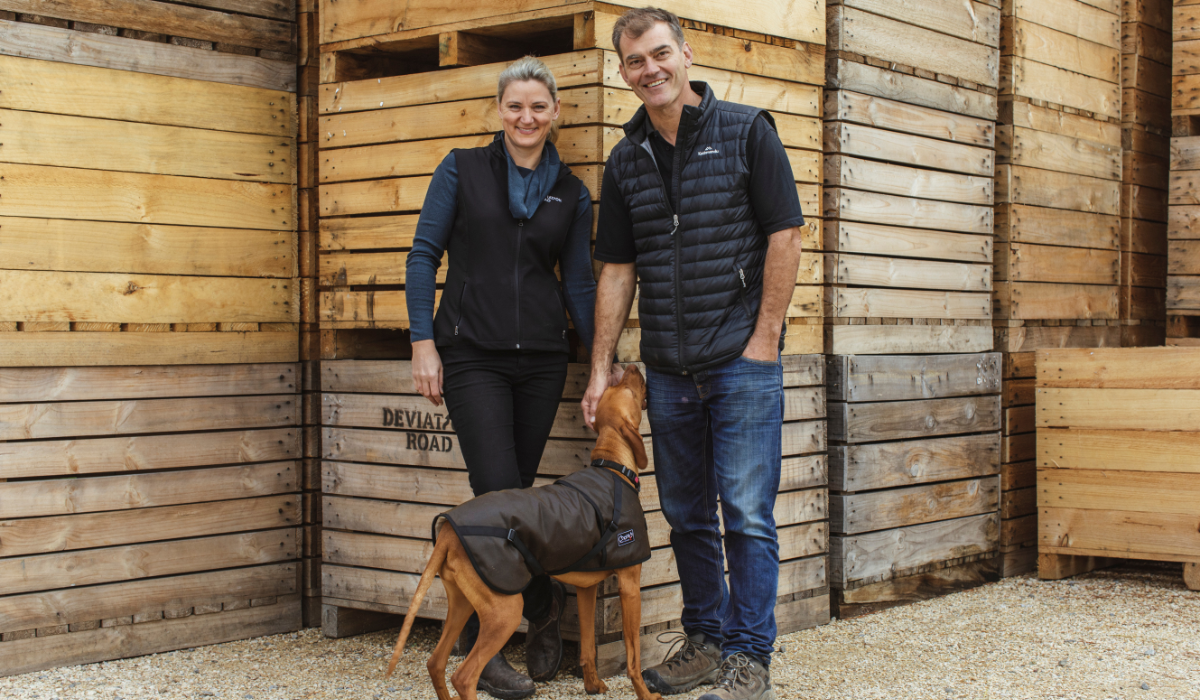
Deviation Road, Adelaide Hills
Over in the Adelaide Hills, Kate and Hamish Laurie at Deviation Road are equally fixated on highlighting the unique characters of their patch. It’s about showcasing the Hills with its various, and high, altitudes, resulting in a range of sparkling from both estate-grown fruit and from top growers.
“It’s all about reflecting site and what we can do with our place,” says Kate.
For her, time on lees is not a magic bullet, it is merely an element in the winemaking – she’s tasted enough aged Australian sparkling that just looks old and tired. It’s why Kate is more conscientious about the quality of the base wine to set up the foundation for a long-lived fizz, and it all starts with premium quality fruit.
Given her devotion to the Adelaide Hills, she allows the season to determine style, and makes several, from vintage, non-vintage and blanc de noirs to the flagship Beltana, a blanc de blancs which spends six years on lees.
"There’s no way I could mass-produce Beltana. It is uniquely Piccadilly fruit, and it comes down to knowing its aromatic potential and what time will do. You must sit on your hands, wait and have faith that time will do the right thing. There’s a fair bit of crystal ball gazing because aside from secondary fermentation and time on lees, there are so many variables you can’t always predict. Which is the best thing about making sparkling, it’s a constant pursuit. I need to think about all those elements and my job is to do the best I can and let the wine be the best it can be.”
There’s also another all-important factor: “If it isn’t yummy, then what’s the point?”
Alas, great sparkling wine is not an everyday tipple. Given the blood, sweat and tears to make it, expect to pay anywhere from $50 to $280. The lesson here, drink less but drink better, so buy up.
Fran Austin agrees.
“Allow yourself to be intrigued and seduced by what’s in the bottle and then couple that with some info as to why sparkling tastes the way it does,” she says. “Wine is all about a snapshot of place, time, season and people. It’s a beautiful intersection of nature and human creativity.”
Sign up to view these tasting notes and ratings
By becoming a member of Wine Companion, you'll have access to the largest database of wines in Australia.
This is an edited extract of an article from issue #77 of Halliday magazine. Become a member to receive four issues per year along with digital access to 180,000 tasting notes and other benefits.
Latest Articles
-
![Default article tile image]()
Wine Lists
new-barossa-wines
16 hours ago -
Travel
Winery tours, barrel tastings and degustations: find out why Brokenwood is a must-visit
20 hours ago -
From the tasting team
Seriously savvy blanc: Marcus Ellis on the producers doing justice to this ubiquitous grape
1 day ago -
Spirits
The rum revolution: How fresh cane rums are changing the game for Australia's oldest spirit
1 day ago

